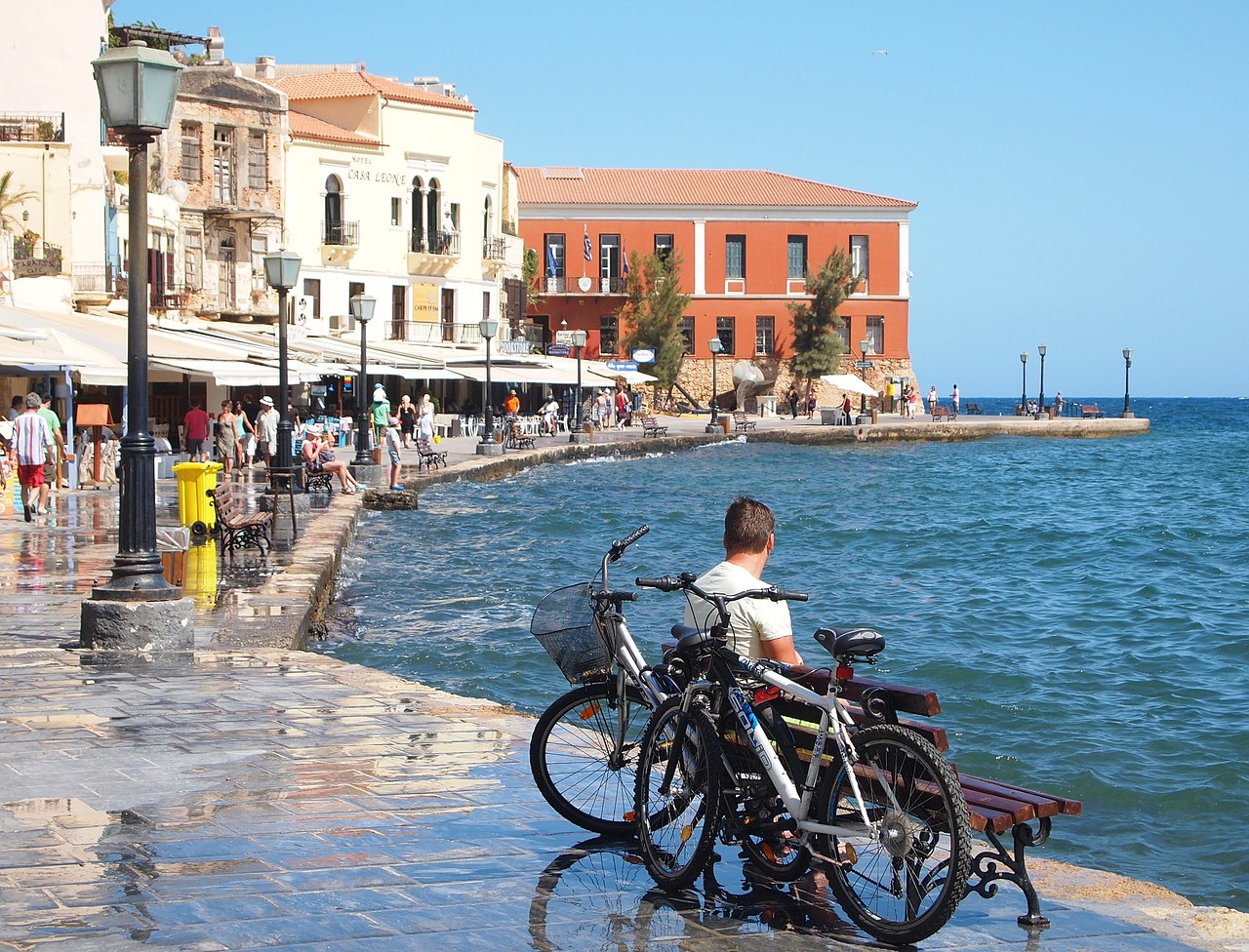Maturity
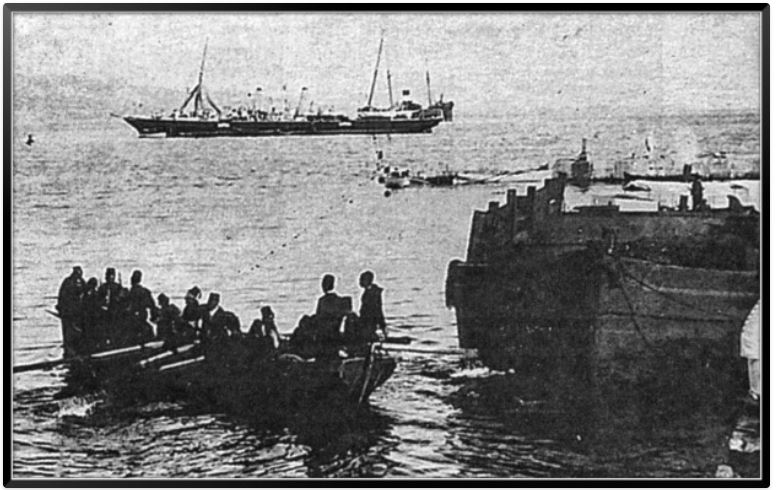

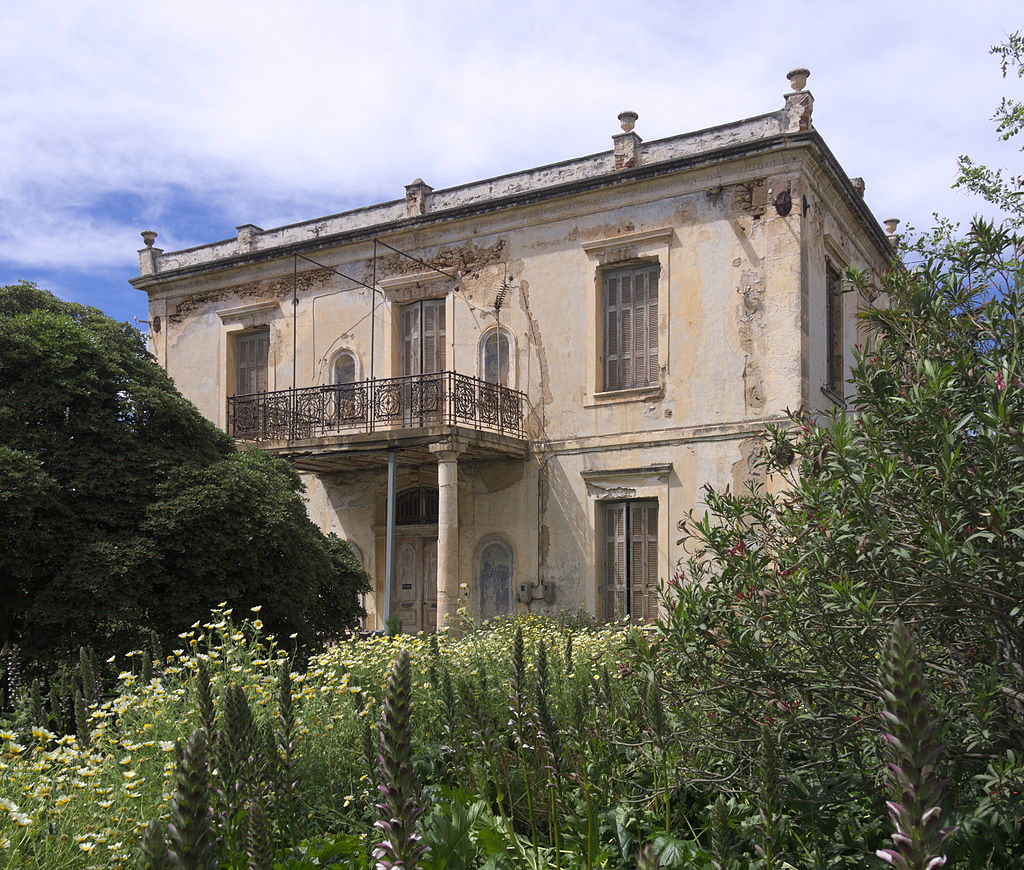
Chania became the official capital of the Cretan State which was divided into four sectors. Lasithi was ruled by the French, Heraklion by the English, Rethymno by the Russians and the prefecture of Chania and Sfakia by the Italians. The capital city of Chania was placed under the joint control of the four (Germany and Austria had left the coalition for the sake of good relations with the Ottoman Empire). The Ottomans were forced to withdraw all troops and gendarmerie from the island keeping only a nominal authority over the island and Prince George of Greece was chosen to serve as the High Commissioner (governor general) with a three year tenure. The new state was completely autonomous in its internal affairs but did not have the right to exercise an independent foreign policy. Despite that the Cretan people received the Greek High Commissioner with joy and enthusiasm. Prince George immediately appointed a 16-member committee that would take over the legislative work needed for a new constitution and elections. Venizelos was among the 16 and played a key role in the drafting of the constitution was elected on 24 January of 1899 as a representative of the city of Chania. On April of 1899 he was appointed Minister of Justice.
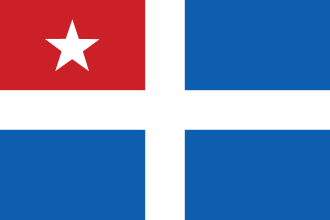


Despite the implementation of much needed reforms in every sector of daily life by the Cretan Government of Chania it immediately became obvious to both Prince George and Venizelos that the difference in their political views would be a serious impediment. The first was a supporter of absolute monarchy while the second was a fervent believer in liberal ideas. Especially in the matter of union with Greece, the pragmatist liberal politician considered the declaration of an autonomous principality, relieved by the presence of foreign forces as the only feasible path for the union while Prince George saw his good relations with the European royal courts as the only guarantee for success. Although the Prince refused to accept Venizelos’ resignation twice on March of 1901, he would dismiss him at the end of the same month through an extremely offensive decree that referred to a traitorous agenda on his behalf. The Prince’s attack would inaugurate a feud between the two men, with the palace launching a smear campaign and Venizelos answering back through a new paper with the name Κήρυξ (herald) established in December of 1901.
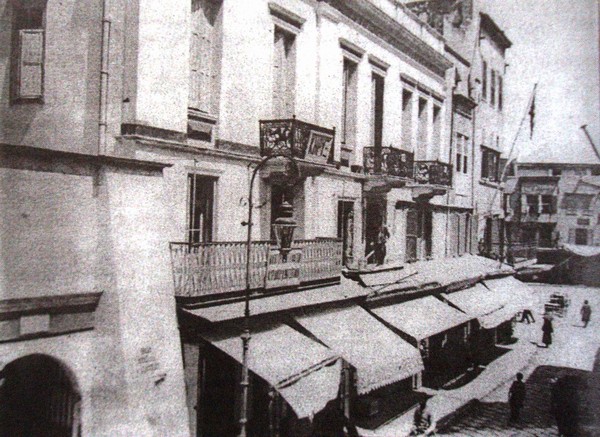

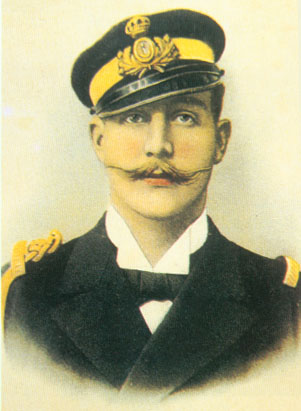
The despotism of the regime was manifested through the persecution of Venizelos’ followers, the imprisonment of Venizelos himself in the prison-castle of Itzedin, and the spying of all corresponding mail, that were only some of the moves used by the Palace of Halepa to muffle the voice of opposition. It would ultimately lead Venizelos and his followers to the path of armed rebellion once again. In the elections of 1903, Venizelos’ party is defeated electing only 5 MP’s. He would be appointed however by the rest of the opposition representatives as the leader of a united opposition coalition. Two years later, on March of 1905, he and about 1000 of his followers would gather in the mountainous village of Theriso, on the feet of the White Mountains. A month later with 7.000 more armed rebels on his side, he would proclaim the political union of Crete with Greece into a single constitutional state claiming. In his declaration he would emphasize that the transitional regime of the island prevented its economic growth and kept it under the shackles of authoritarianism.
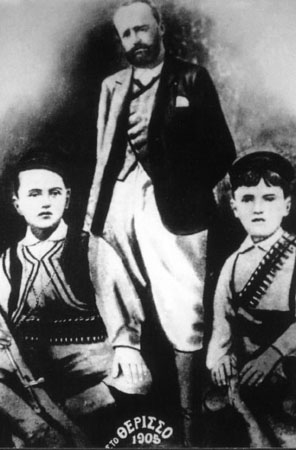
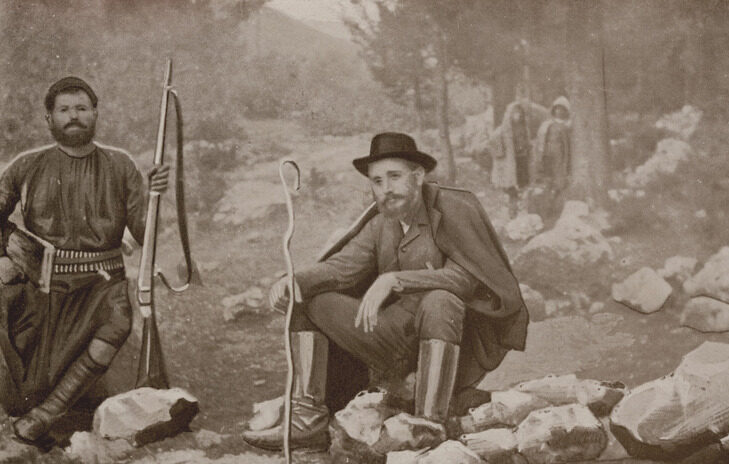
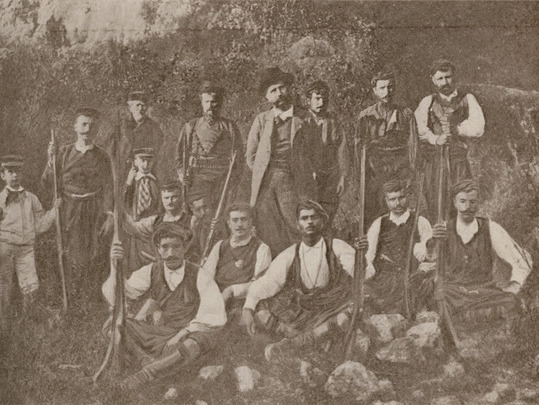
After 8 months Venizelos had defeated his opponent who was unable to secure the military support of the Great Powers. The Prince resigned and departed from Crete on September of 1906. Alexandros Zaimis, a former Greek Prime Minister was appointed High Commissioner of Crete and was formally received at the Old Port of Chania on September 1906.
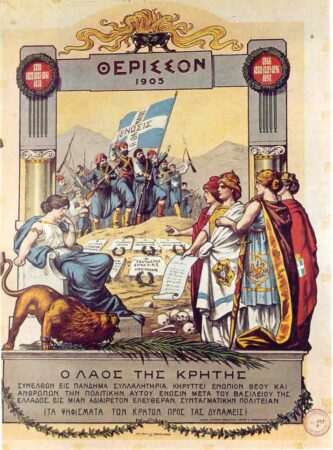
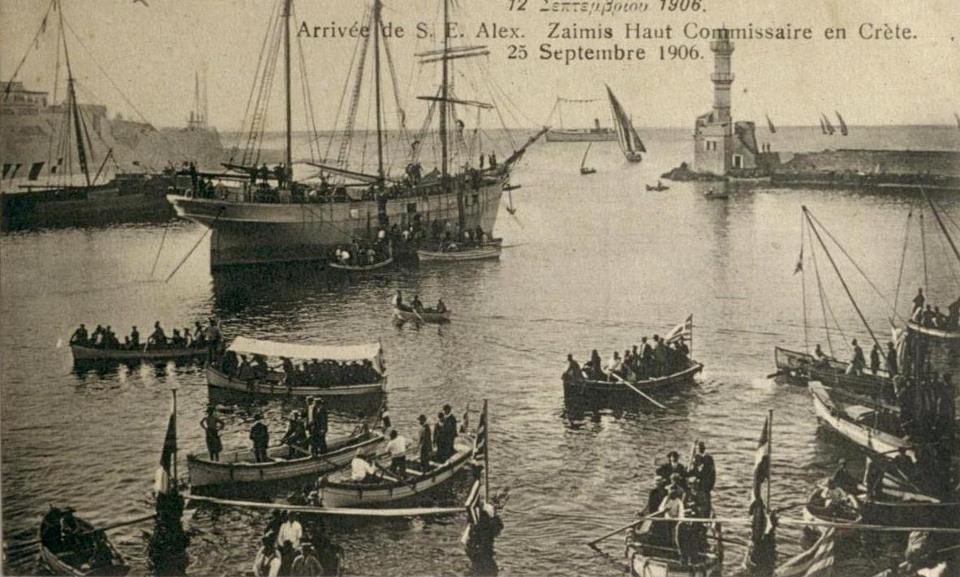
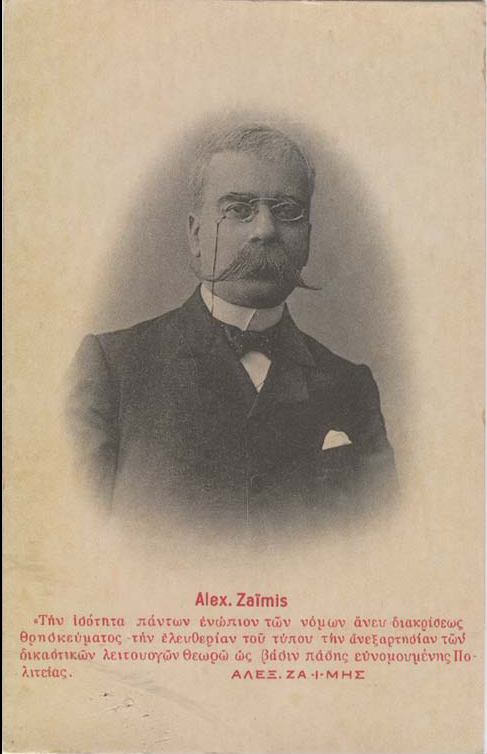
Following the Young Turk Revolution of July 1908, the declaration of the Bulgarian independence & the annexation of Bosnia by the Austrian Empire, it was only a matter of few days before the Cretans rose up again. On September 24 of 1908 thousands of citizens from Chania and the surrounding areas formed a rally in which Venizelos (after having communicated with the government of Athens) announced the cessation of the High Commissioner regime and the final union with Greece. The flag of the Cretan State was replaced by the Greek flag and all public servants swore an oath to the Greek King. On July 29th 1909 the last foreign troops departed from Chania.
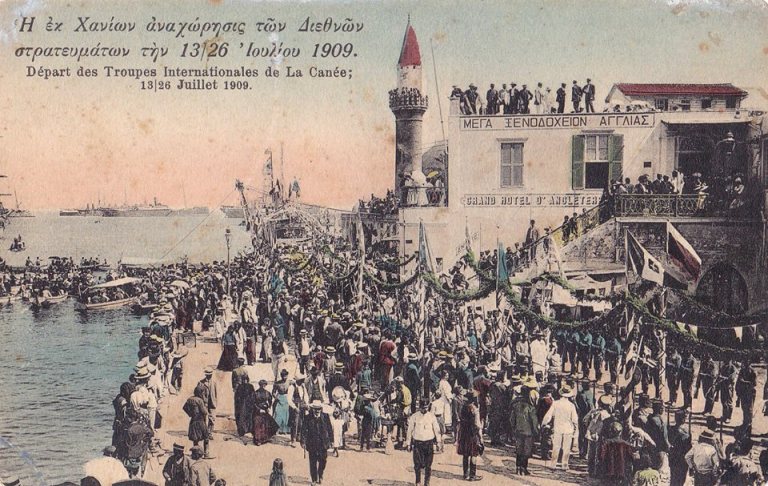
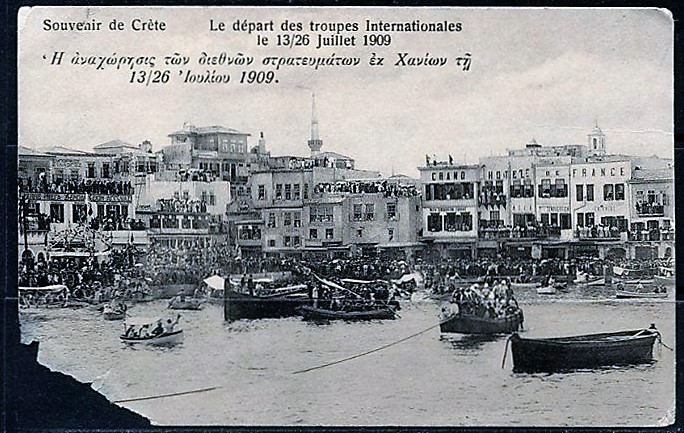
After a few months a representative of the Military League that had taken control of the government of Athens in August 1909, came to Chania to propose to Venizelos to take over the command of the country. In the decade that followed, the diplomatic genius of the most famous son of the city would take a minuscule fragment of an ex-Ottoman province and turn it into a country that included almost every historic Greek province of the past.
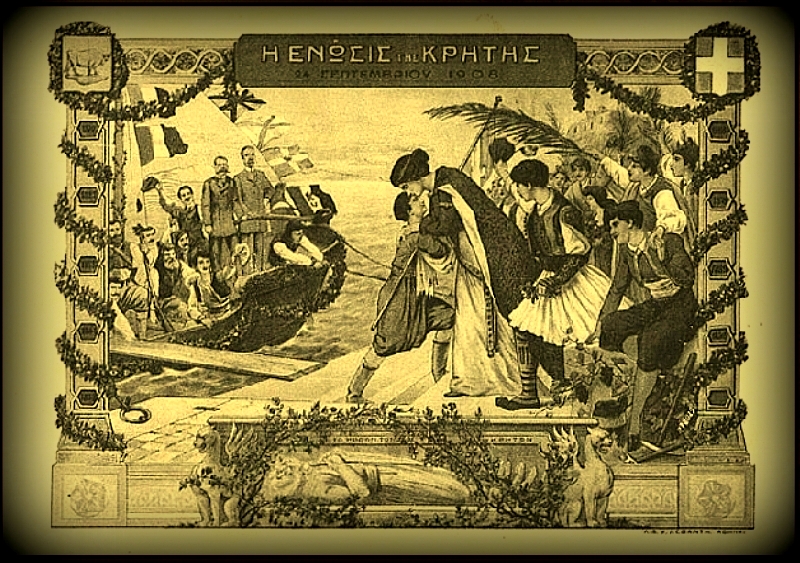
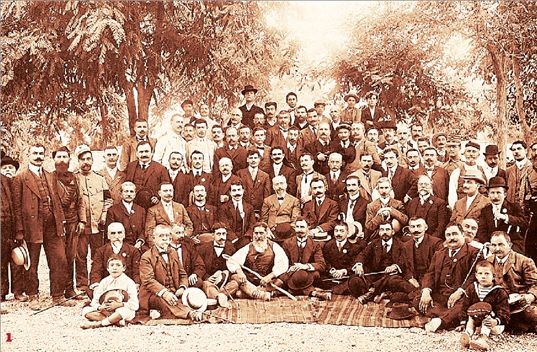
The official ceremony of the much anticipated union with Greece would take place at the Venetian fortress of Firka, at the western bastion of the Old Wall of Chania on December 1st 1913, in the presence of Eleftherios Venizelos, this time as a Prime Minister of all Greece, the King of Greece Constantine I, along with every living veteran freedom fighter of the island and thousands of crowds. Three days later the building of the Old Municipal Market is inaugurated by Venizelos himself.
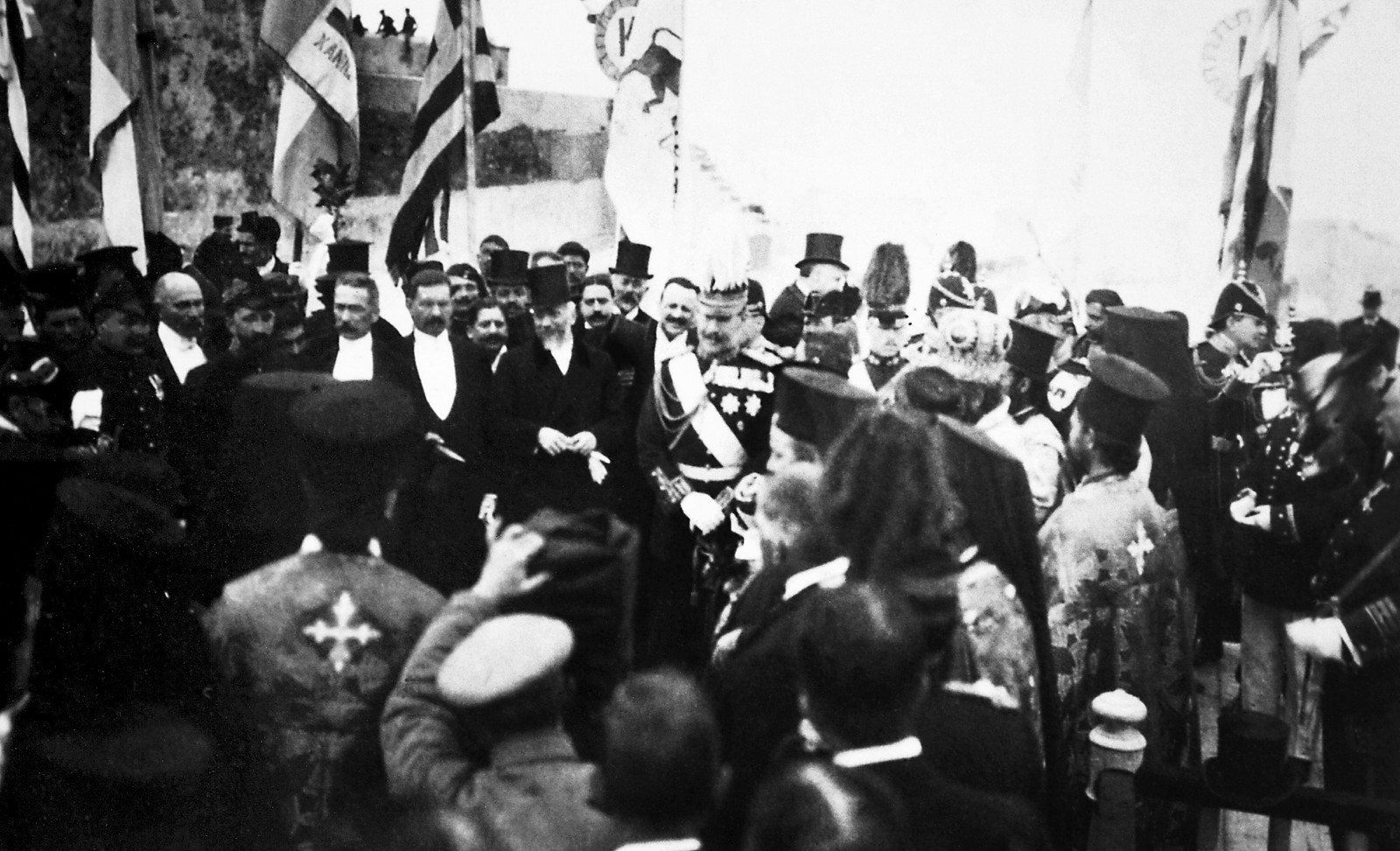
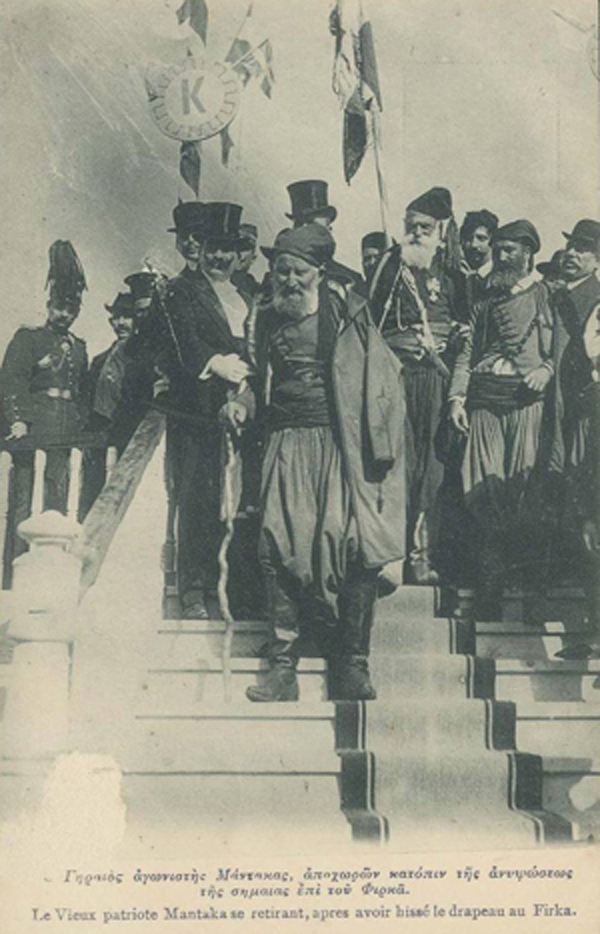
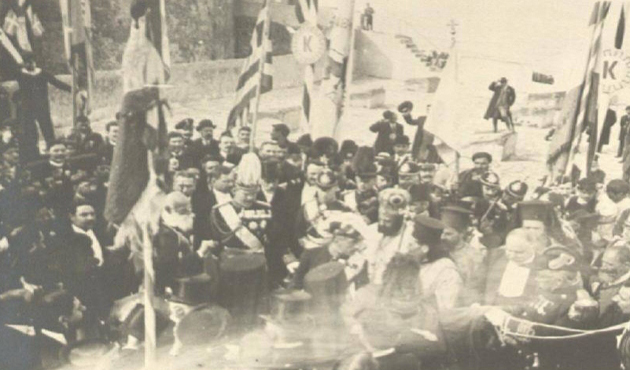
Venizelos’ “Megali Idea” the Big Concept of creating a state that would incorporate all historic Greek provinces would come to an end right on the time of his greatest triumph. The populist supporters of the King would unexpectedly win the elections of November 1920 in Greece, with promises that spanned from returning all troops back home to distributing the unseen and well kept by Venizelos’ regime wealth of the new lands to the simple people. A series of suicidal mistakes from the pro-German administration of the Greek King in a time when the anti-German Alliance of Entente had already cleared the war with the help of Venizelos and his firm pro-Entente policy, would cost Greece its alliances and turn triumph into nightmare with the Asia Minor Catastrophe that followed the summer of 1922.
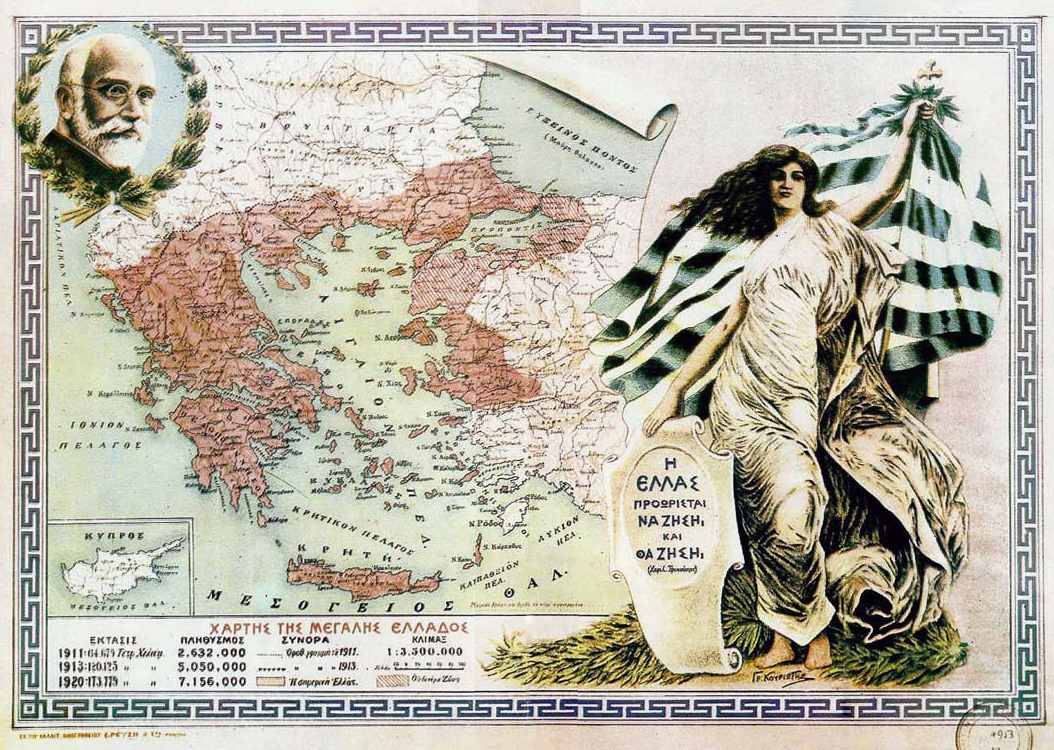
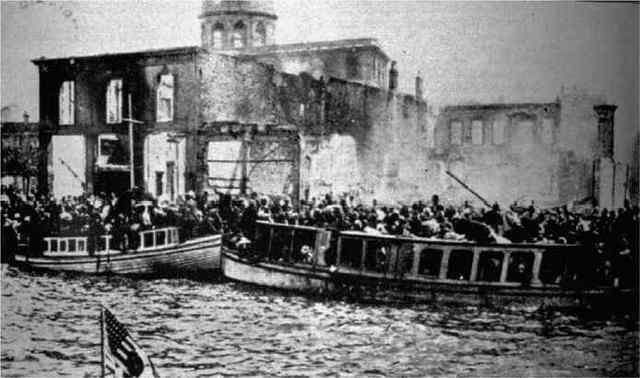
By the end of September of 1922, with a population of a little more than 28.000, Chania had received more than 17.000 refugees who had fled from the slaughter of Minor Asia. In the inventory of 1923 about 7.000 of them were counted in the city of Chania and about two thousand of them spread in the surrounding towns of Souda, Alikianos, Maleme and Kasteli.
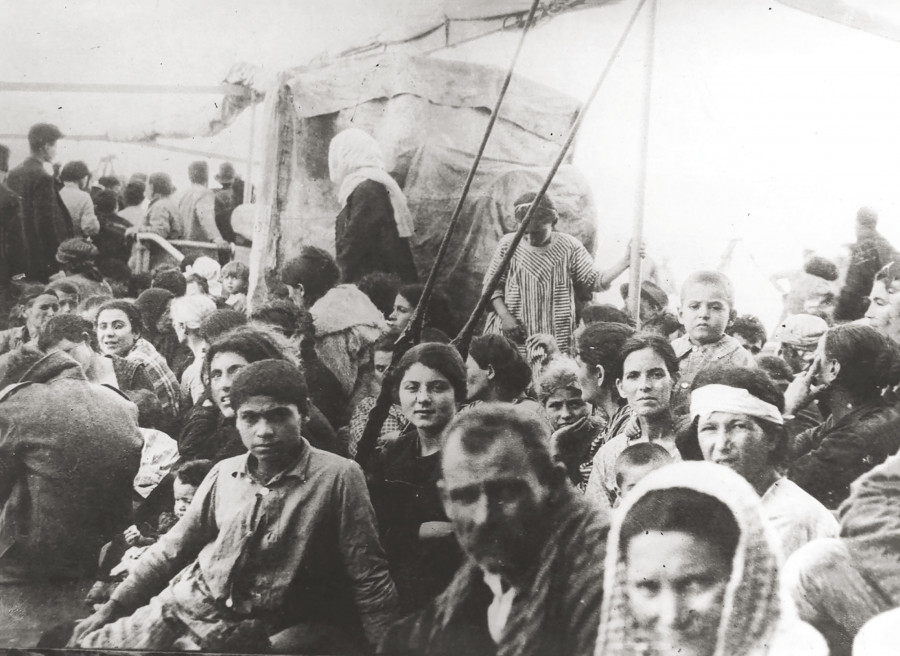
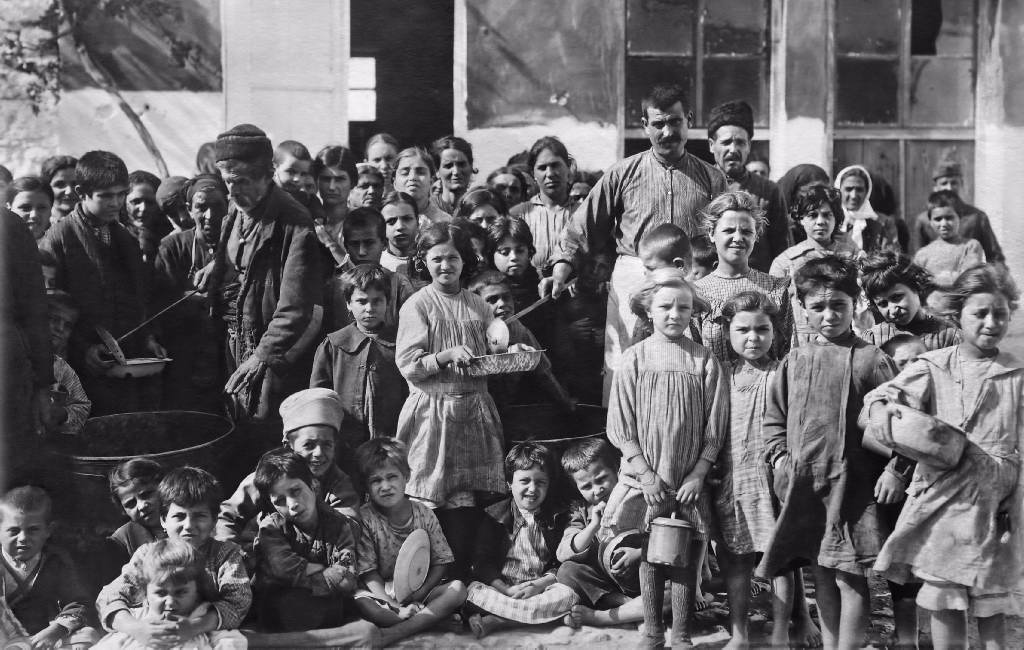
Venizelos would be summoned several times in the following years to heal the wounds of the traumatized nation. He would die in exile in his apartment-refuge in Paris on March of 1936. His body was carried to Chania where his funeral was held in Akrotiri (where his first days as a rebel began in 1897) where he was also buried in an atmosphere of deep grief and nation-wide mourning.
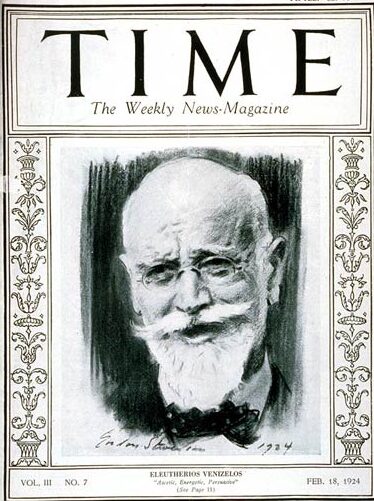
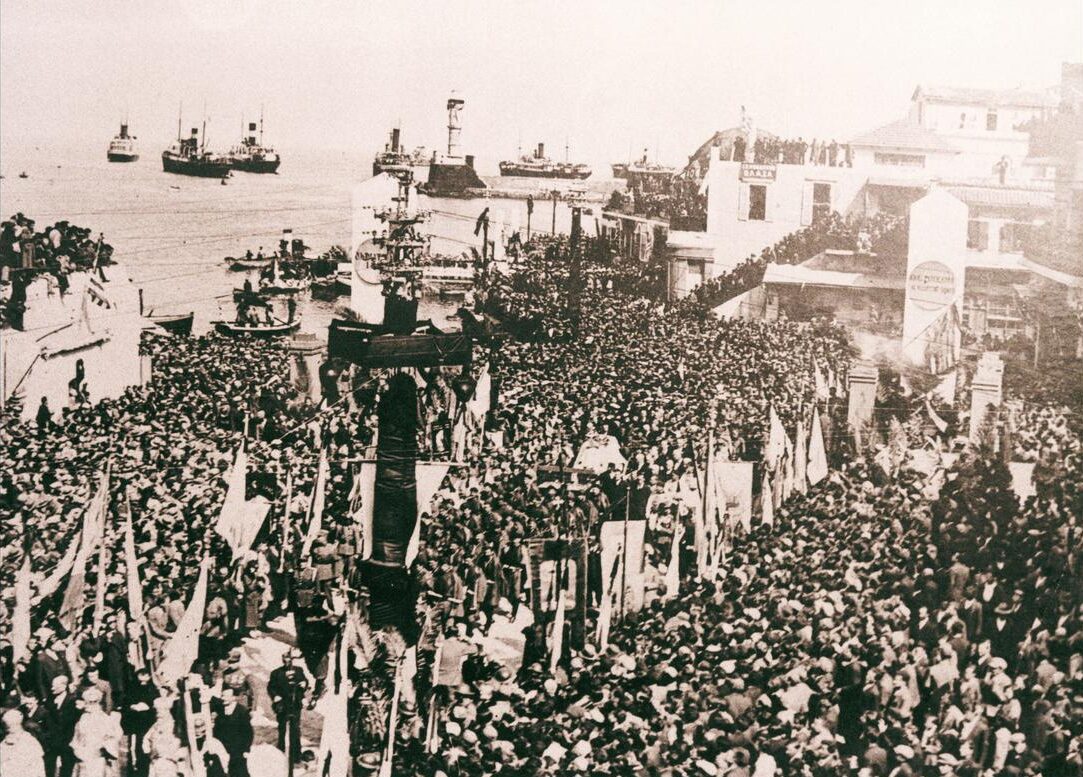
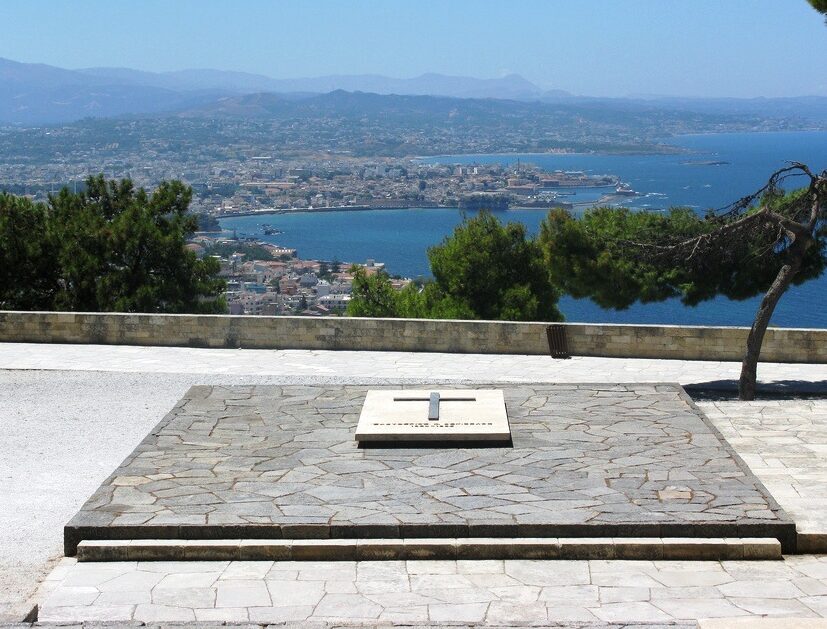
Five years later, on April 25th of 1941, Adolf Hitler was signing the order for the first major airborne assault in history in order to secure Crete for the Axis powers after having subjugated the rest of the Balkans and mainland Greece. Two of the key points for the control of the island were the port at Souda Bay and the military airfield constructed just before the war under the instructions of the British at the coast of Maleme, about 20 km west of Chania.
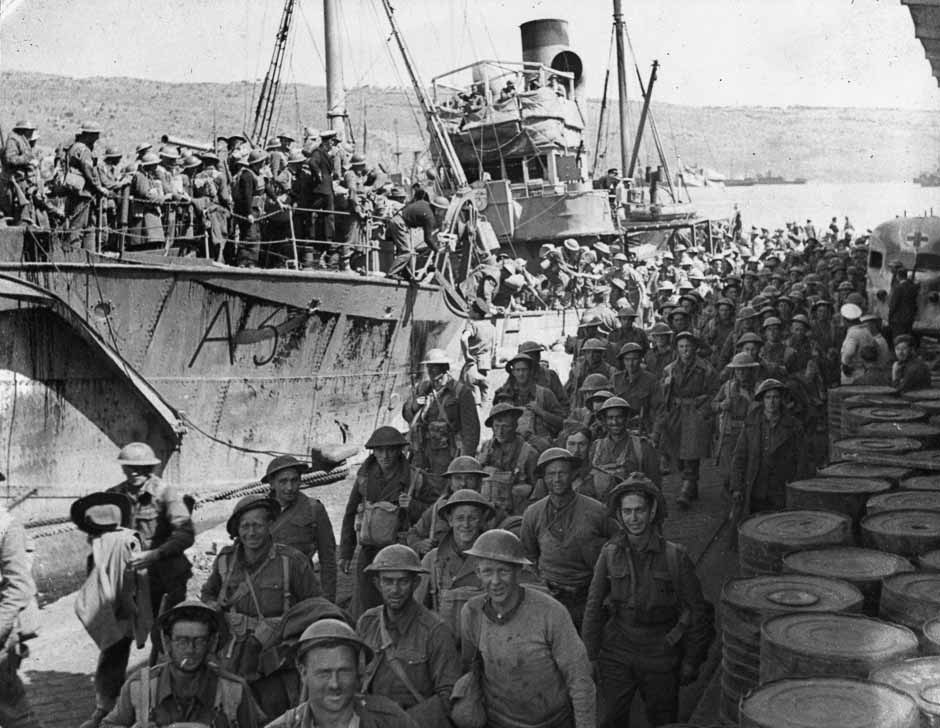
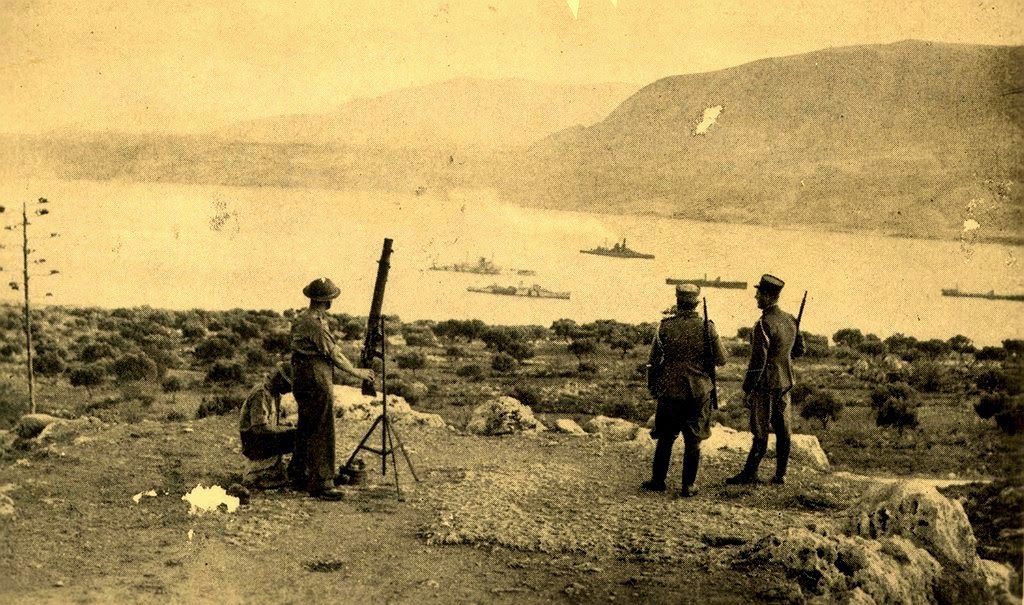
On 28th of April, under the presidency of the Greek Prime Minister Emmanouil Tsouderos, the heads of the Greek government who had fled to Crete after the fall of mainland Greece to the Nazis, convene in Chania with the commanders of the Allied forces and decide to strengthen the defense of the island after info from the British Intelligence Service. It was the first time in history that the Allies made use of the decrypted messages from the famous Enigma machine of the German military intelligence services (the story of that decryption is now famous thanks to the 2014 movie The Imitation Game ). After the addition of 25.000 British and Commonwealth troops who retreated to Crete from Greece the total number of allied soldiers reached 39.000.
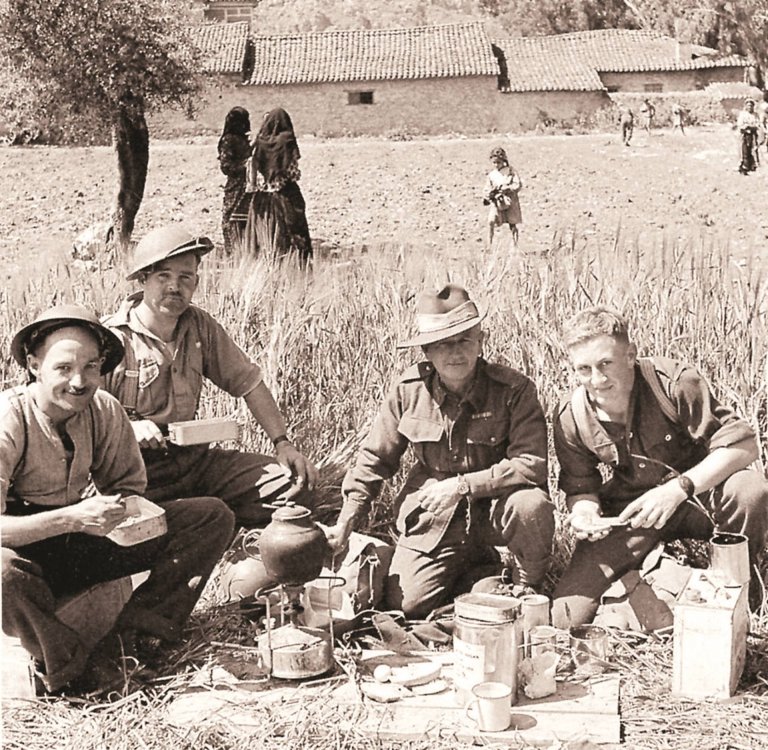
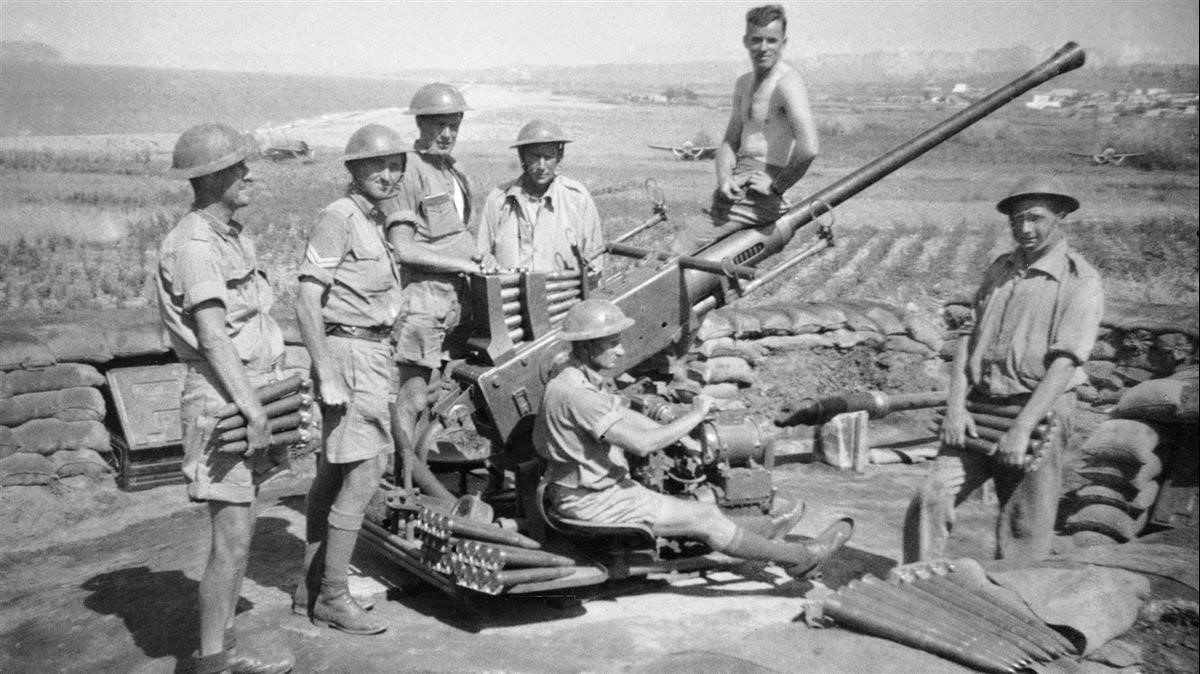
Operation Mercury a compromise plan by Hermann Göring, No2 in the chain of commands after Hitler, marked the airport of Maleme in Chania as the primary target and the key for the fall of Crete. On the dawn of 20 May 1941 the sky above the village of Maleme went dark by the dozens of German aircraft that paved the way for the following invasion with a carpet of bombs. A few minutes later hundreds of paratroopers filled the sky with their parachutes.
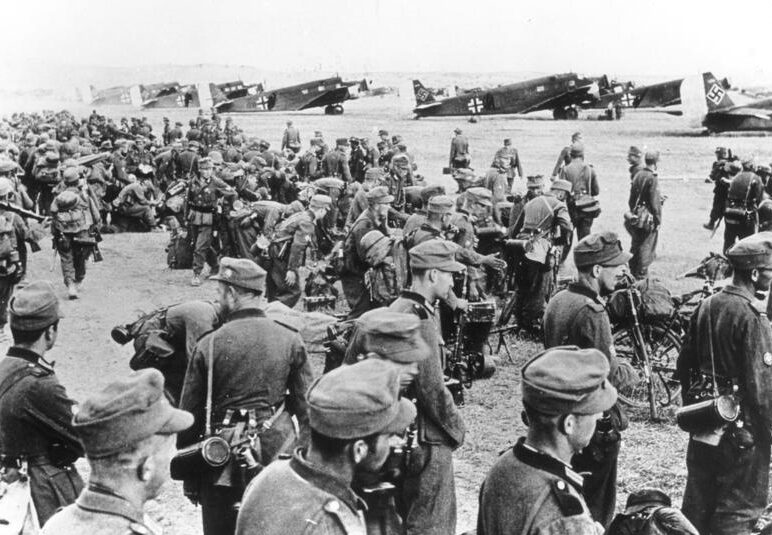
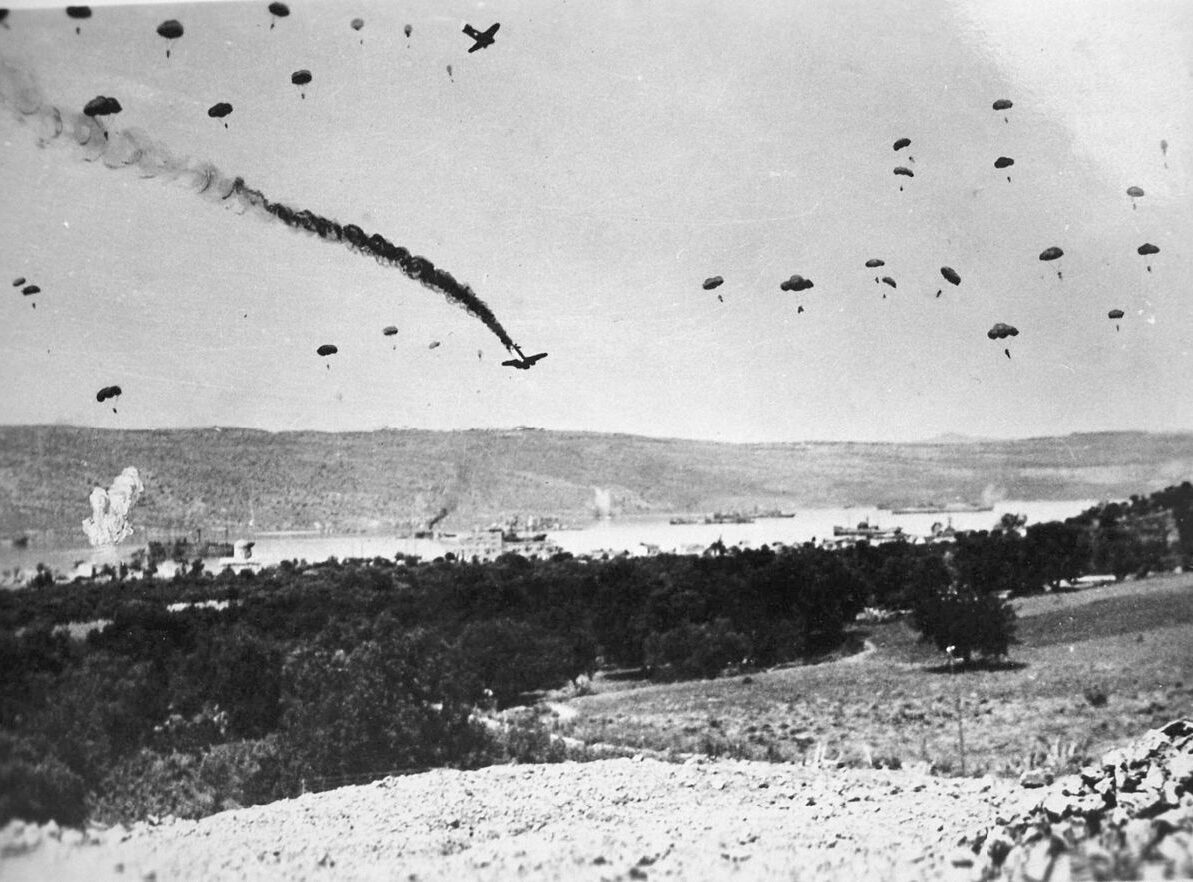
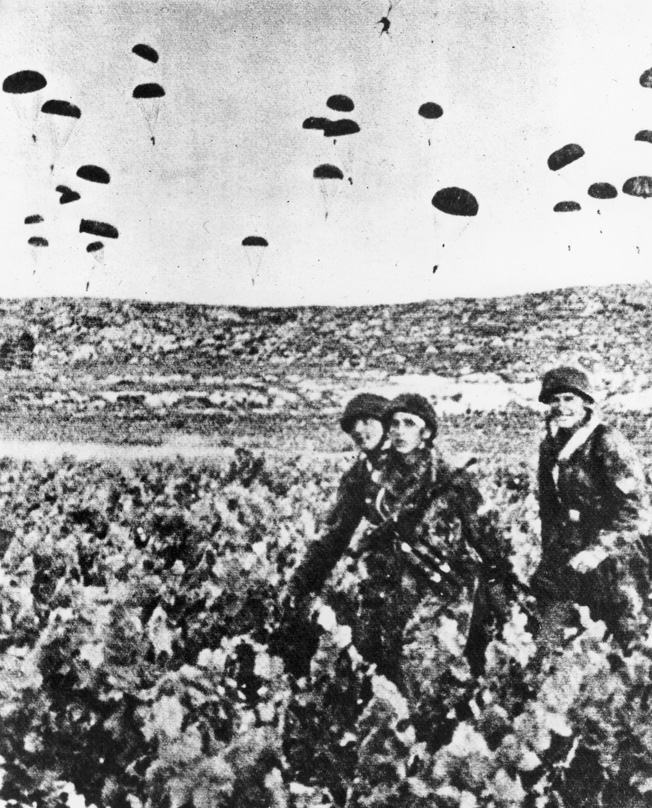
The first wave of the attackers was reaped by a storm of heavy fire from the guns of the New Zealanders and Greeks on the ground. More than 700 Germans jumped from the planes that day. More than 500 of them were killed before reaching the ground or right after. Many Ju-52s planes were also shot down mostly from the Hill 107 that operated as the control tower of the defenders. Many DFS-230, the engine-less transport planes that were released by the Ju-52s carrying 10 fully equipped soldiers each, had the same luck.
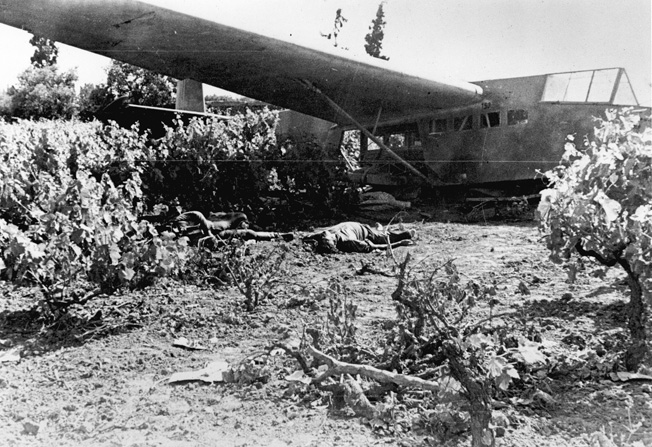
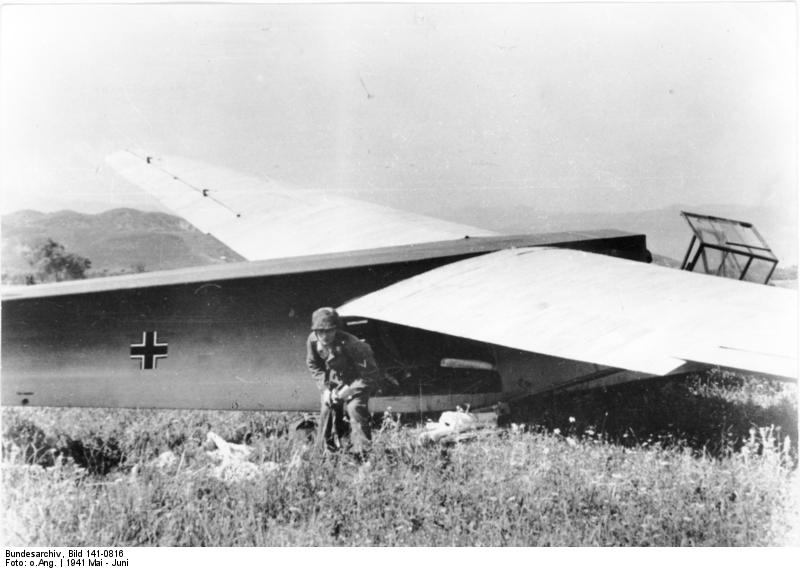
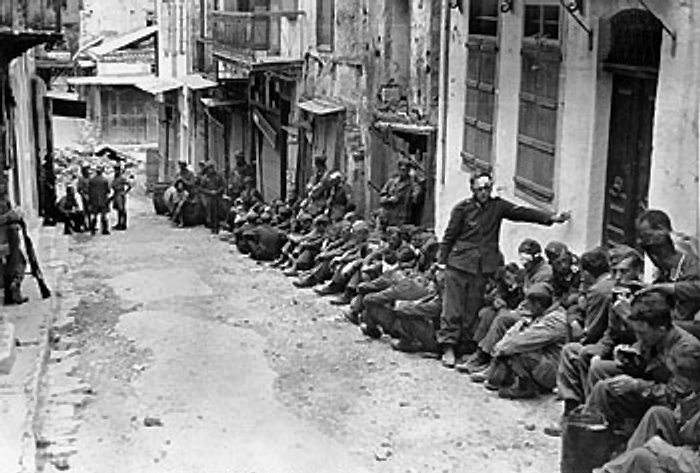
Despite the numerical advantage of the allies, their knowledge of the coming attack and the fierce mass resistance of the Cretans who in many cases threw themselves into battle with what they could gather from their kitchens or their barns, the German war machine was simply superior. The surviving Germans managed to establish a small bridgehead east of the river of Tavronitis village. By the evening of the 20th they started slowly putting pressure on the New Zealanders of the Hill 107.
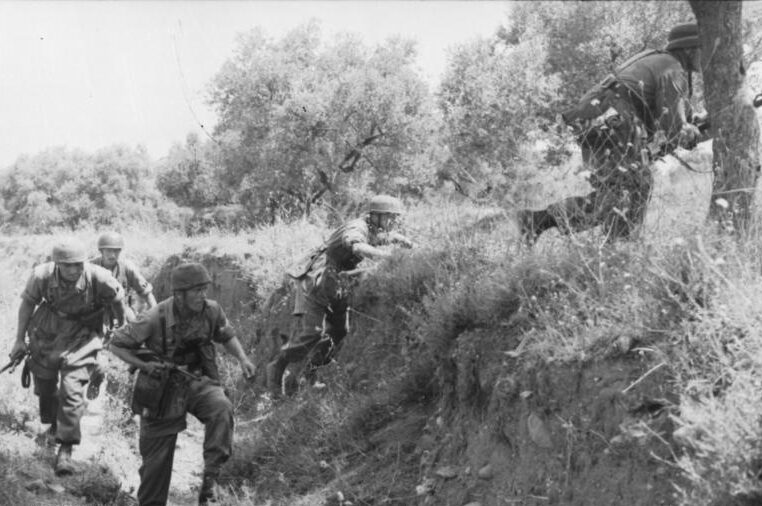

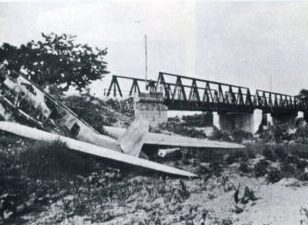
The tragic mistake of the 22nd New Zealand infantry battalion to withdraw from the Hill 107 in the night of the 20th gave the Germans the control of the airfield by the morning of the 21st. After that the door for the takeover of the whole island had been opened. Before the passing of two weeks the whole island was under German control. In the 13 days of the Battle, an estimated of 7.000 German soldiers (5.000 of them in Maleme and Souda areas) about 4.000 allies and more than 500 Greek soldiers were killed according to the military historians. Thousands more were wounded. Nearly 400 aircraft of the Luftwaffe were lost while the Royal Navy lost about 25 of its ships. The RAF also lost some forty-seven aircraft in the battle.

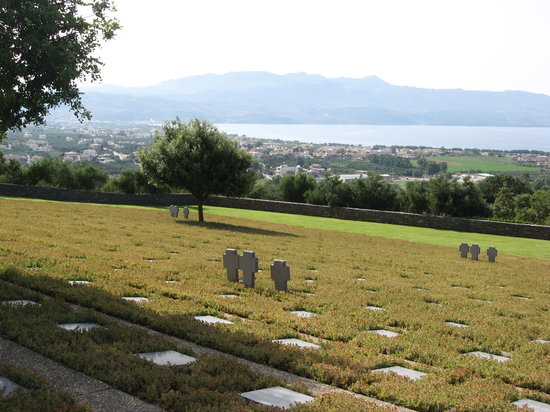

The city of Chania suffered greatly from the bombings of the German aircraft that partially destroyed it, especially the neighborhoods around Souda and the Municipality Market, Splatzia and parts of the Old Port.

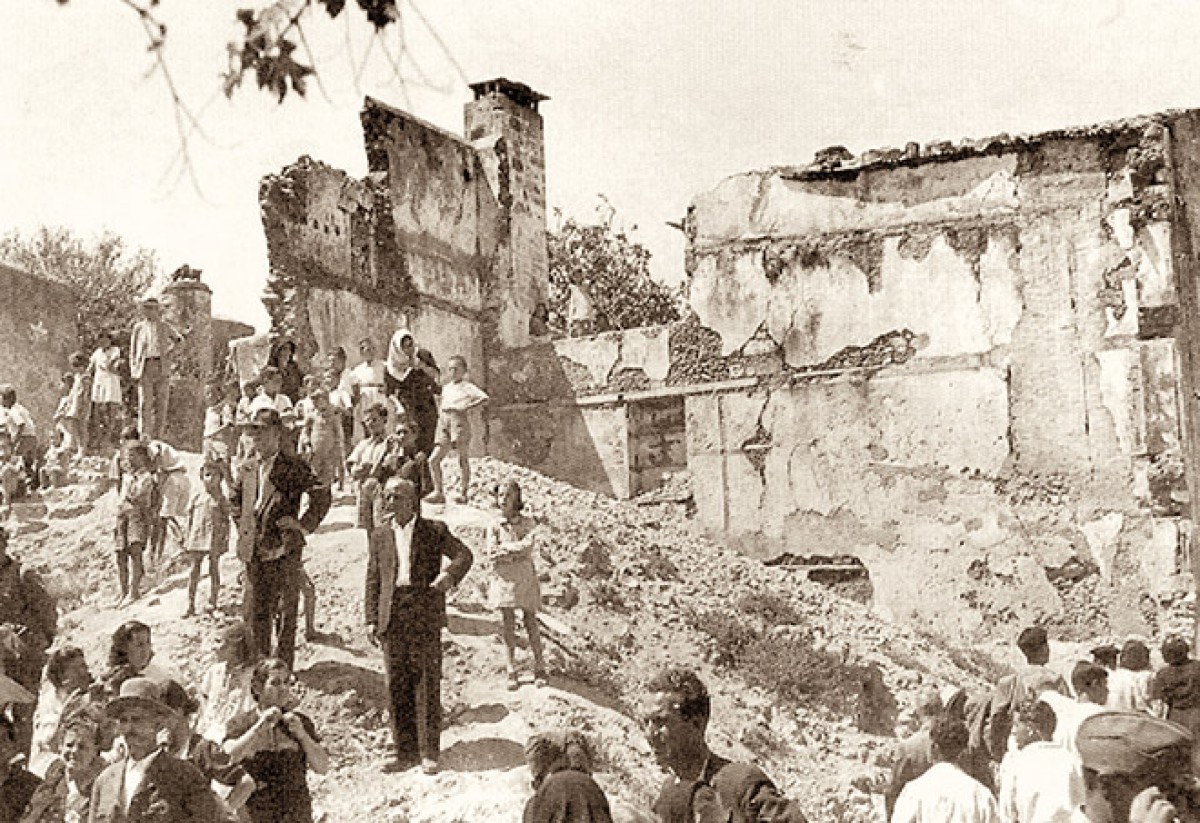
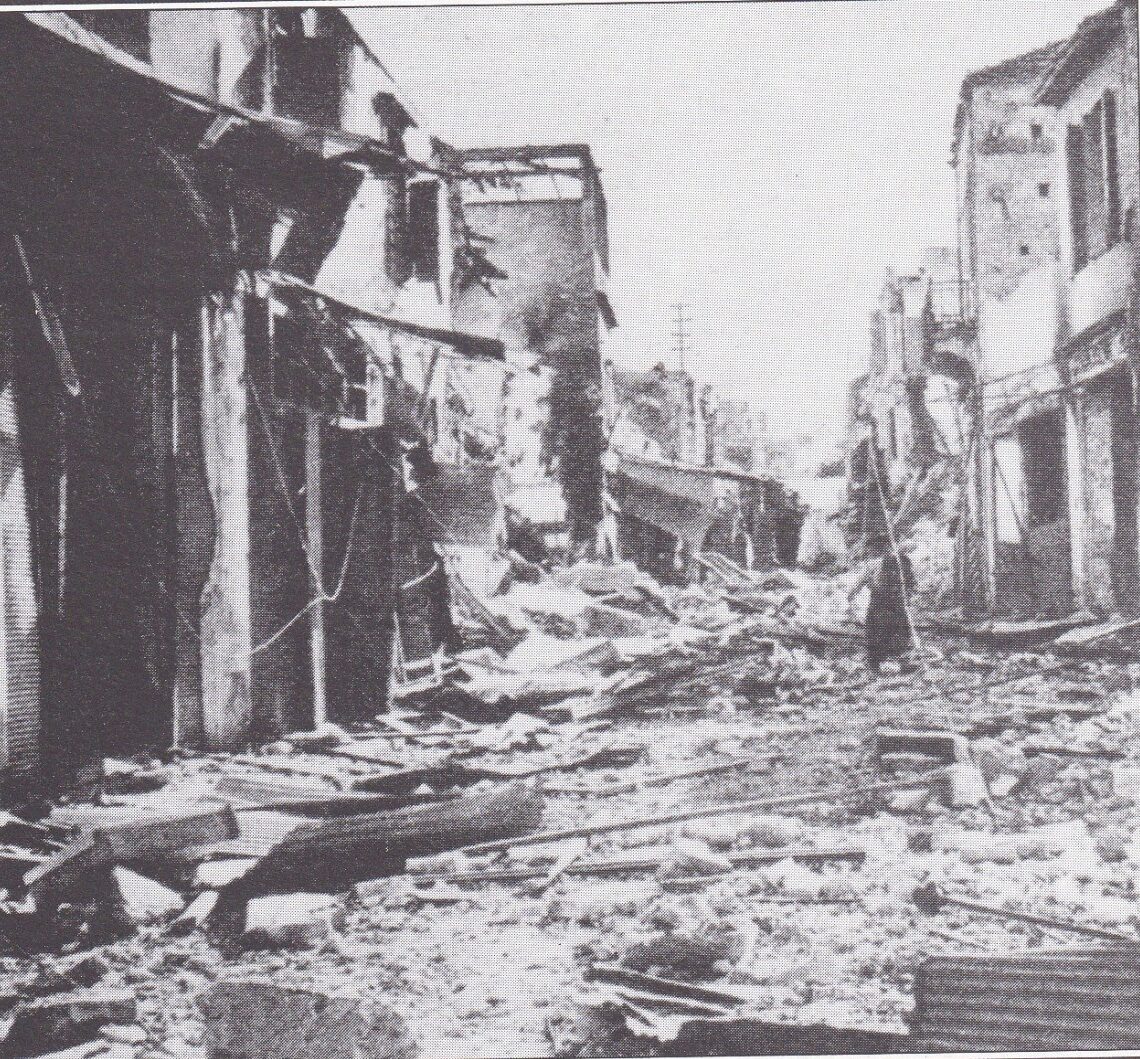
After the initial shock of the German High Command, that came after the huge cost in human lives and aircraft on a peripheral operation (Kurt Student, the Lutwaffe General, concluded that Crete had brought the death of the airborne force, while Hitler himself forbade further large-scale airborne operations immediately after the battle) the Nazis reacted with unprecedented ferocity towards the civilian population. After Göring’s order, a wave of bloody reprisals against unarmed locals was launched on June of 1941 with the Massacre of Kontomari and the Razing of Kandanos standing out as the most horrific. German records put the number of Cretans executed by firing squads as much as 3,474, while more than 1,000 died in battles until the end of 1944.
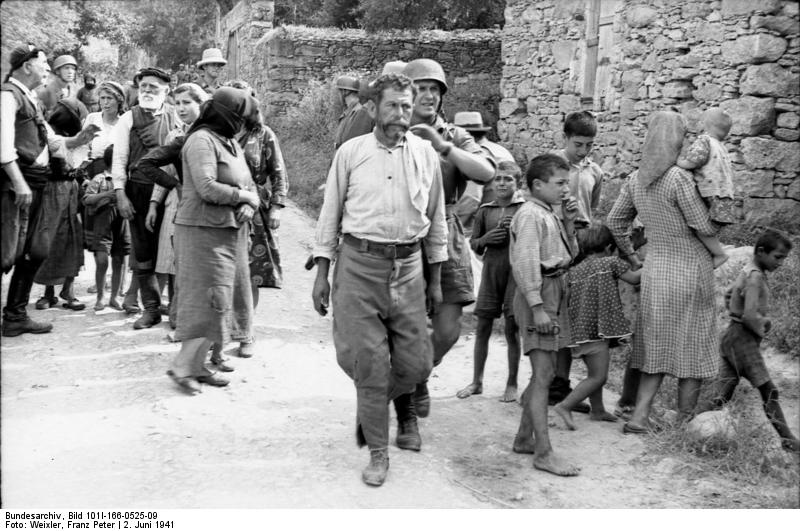
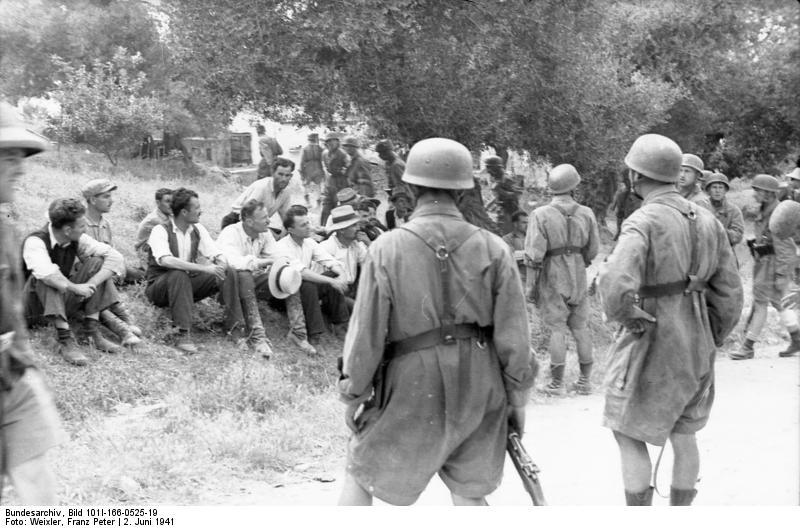
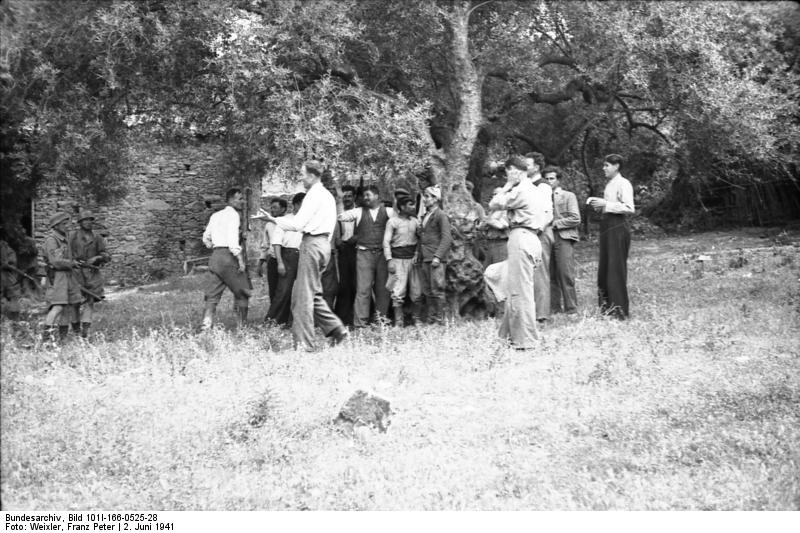
The Germans left Athens in October 1944, but Fortress Chania would remain under Nazi control until the 9th of May 1945. The German surrender of the town would be the final act of World War II in Europe. The strategic importance of Chania during WW2 would make the city a military hub of Greek and Allied army including NATO. A Greek military airfield (Akrotiri), A Greek naval base (Souda), a Greek special forces camp (Maleme), 2 Greek infantry divisions( Vlites & Ayia), a NATO airfield, a NATO naval base & missile firing Installation (Akrotiri) and an American Naval Support Air Base in Souda Bay would make Chania one of the densest military hubs in Greece.

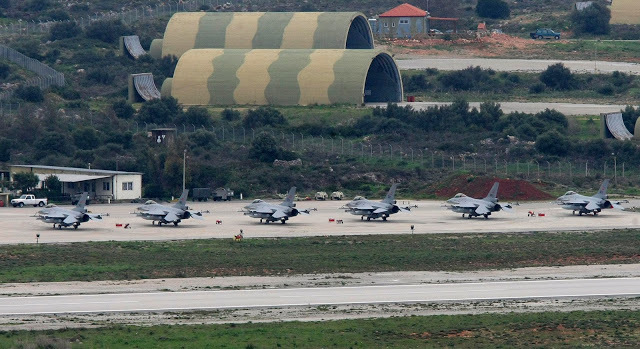
Τhe 50’s, 60’s and 70’s life in Chania followed the general lines of Greece’s economic growth, based on agricultural production and tourism. Its citizens experienced the dark days of the Greek military junta and the restoration of democracy. When Greece joined the European Union in 1981 a new era started for the public infrastructure of the whole region that started to attract an increasing amount of tourists from the European continent and heavy investment in the industry of hospitality.
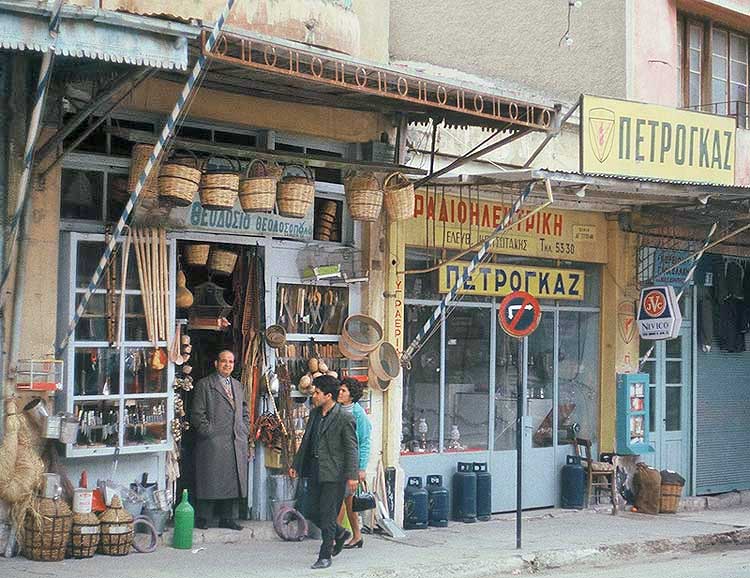

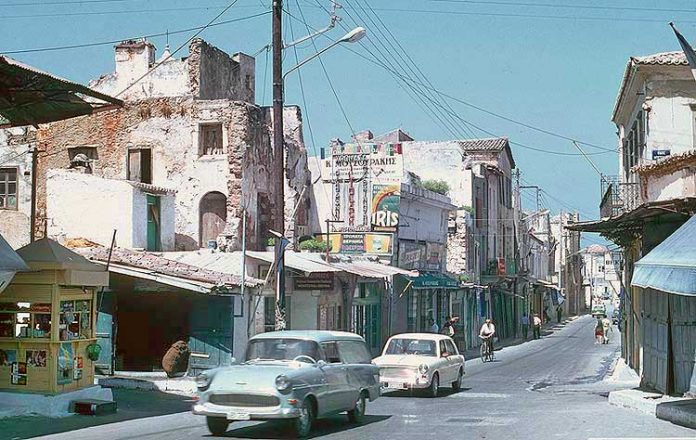
Today’s Chania is a city of nearly 90.000 people if you include the suburbs and the adjacent communities with a vibrant agricultural production in its wider region including a wide range of products that span from extra virgin olive oil, wine, oranges & cheese to bananas and avocados. The tourism industry is a constantly growing sector of the local economy. As an indication of its size (2018 data) the total number of visitors in the region during the tourist season has surpassed one million, ten times the population of the permanent residents.
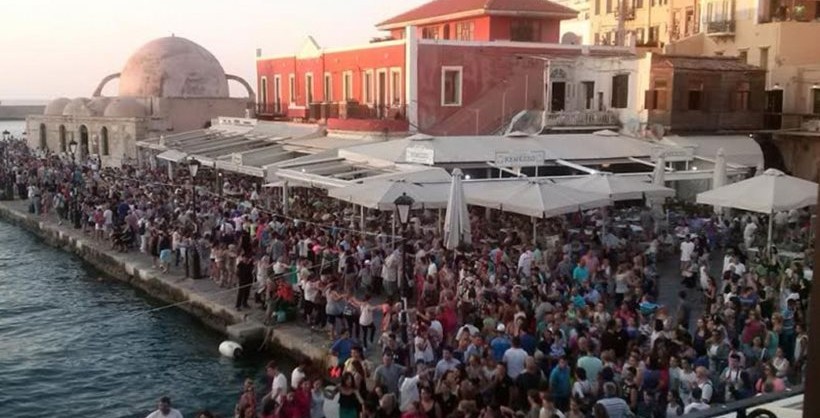
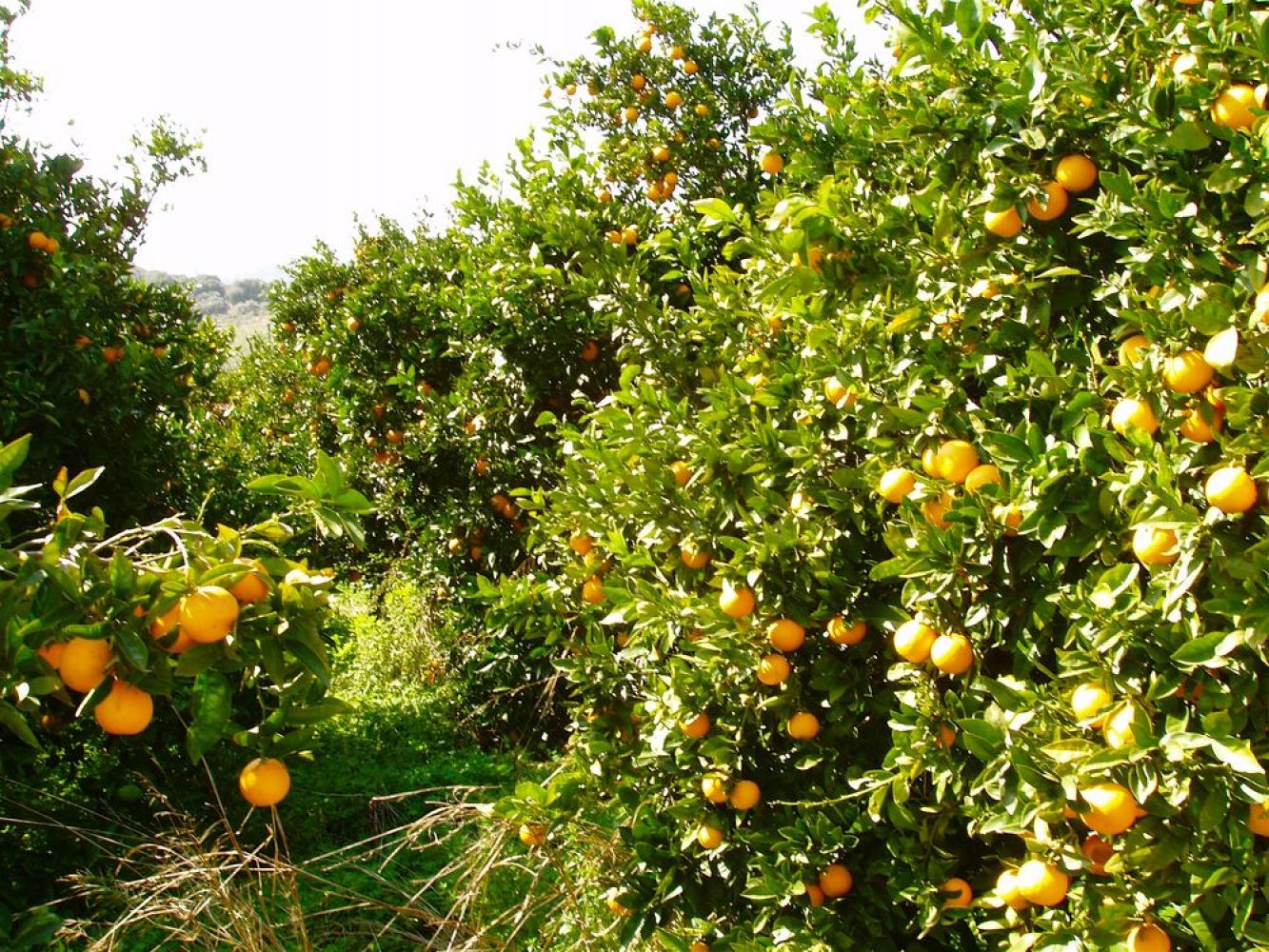
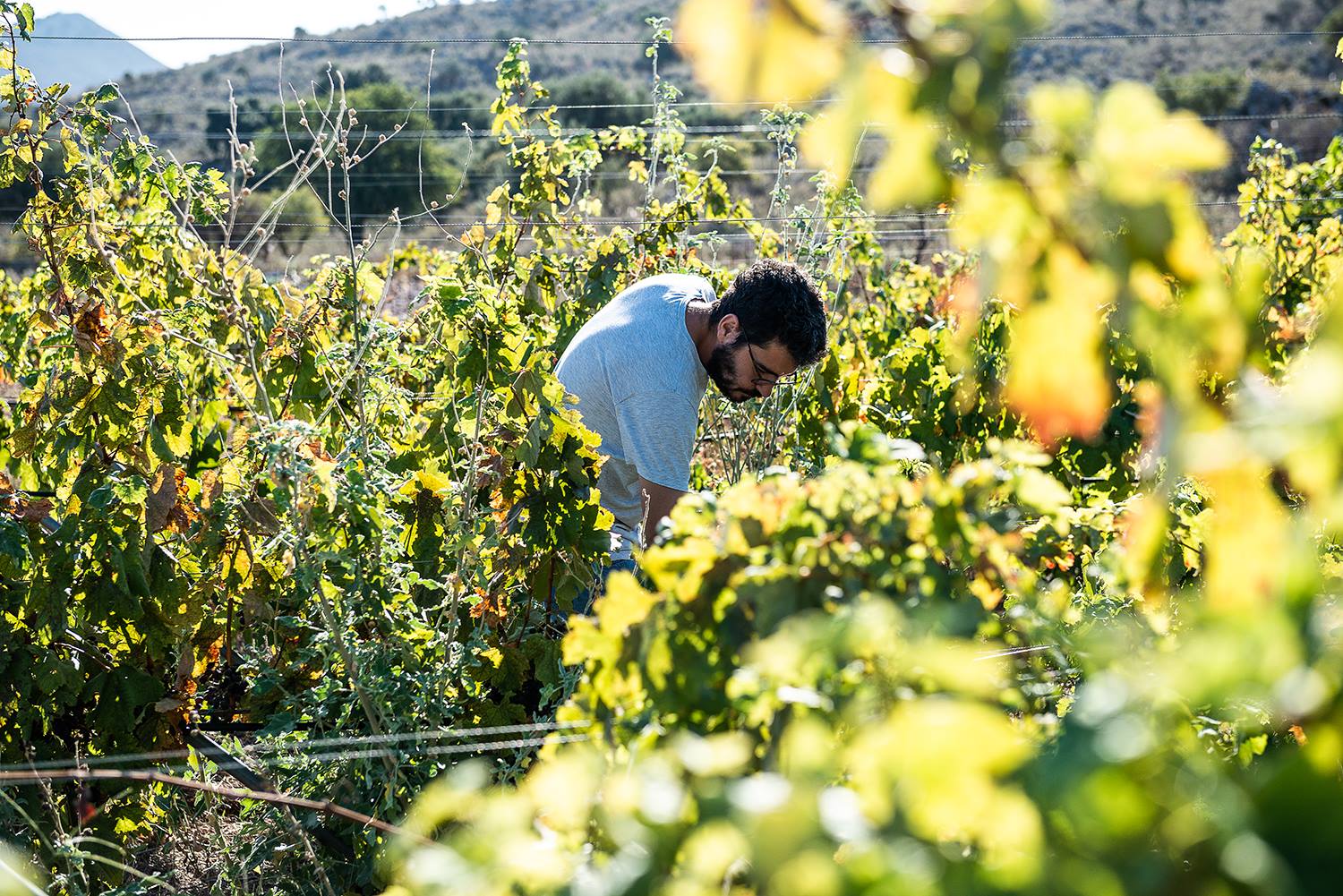
Its rich history and architectural heritage, the natural beauties of its wider region (some of its beaches are repeatedly voted as the best in the world, the national park of the Samaria Gorge and several other mountain trekking paths offer unique escapes very close to the city) combined with the unique character of the locals, their authentic and omnipresent folklore and last but not least their exquisite Mediterranean cuisine make Chania an irresistible destination for all travelers.
